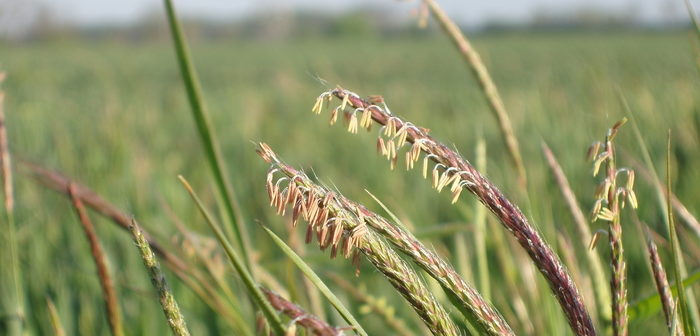Farmers with their own applicators and contractors are being urged to get ready to apply Avadex Excel 15G granules this autumn in winter wheat and barley and through the use of EAMUs on rye, triticale and winter linseed.
“Plenty of black-grass was seen above as well as below the crops before harvest and, with its massive seed return, growers must use both cultural and chemical solutions in their control strategies. Avadex granules are once again experiencing strong demand for this autumn, as drilling gets underway. The use of Avadex as a pre-emergence treatment has become an invaluable component in many weed control programmes in cereals. “Recently we reported on the metadata analysis of all trials from all sources. These results ran from 1997 through to 2019, with over 650 data points spanning 23 years of trials. The data analysis included good and bad seasons, wet and dry conditions, low and high black-grass populations and differing weed resistance profiles. This robust analysis showed that the inclusion of Avadex granules increased black-grass control by an average of 16.8% across a wide range of base programmes, justifying its use even further to farmers and agronomists,” says Kully Mudhar, UK and Ireland Development Manager for Gowan Crop Protection.
Kully says effective product stewardship is increasingly important and Avadex granules must be applied accurately, with precise metering of the product right across the boom. “You need to deliver the correct amount of herbicide granule down each pipe and we would always recommend a patternation test along with the applicator calibration before the season starts. With black-grass being such a competitive weed, you don’t want to be over or under dosing across the boom.”
“Whilst being used primarily in black-grass programmes, Avadex also has a place in other grass-weed situations such as rye-grass and brome infestations and, of course, wild-oats. It also brings a useful additional effect on some of the common broad-leaved weeds including cleavers, charlock, chickweed, mayweeds and poppy.
Farmers are keen to integrate this valuable active ingredient into their weed control programme in both winter and spring crops,” he says.




